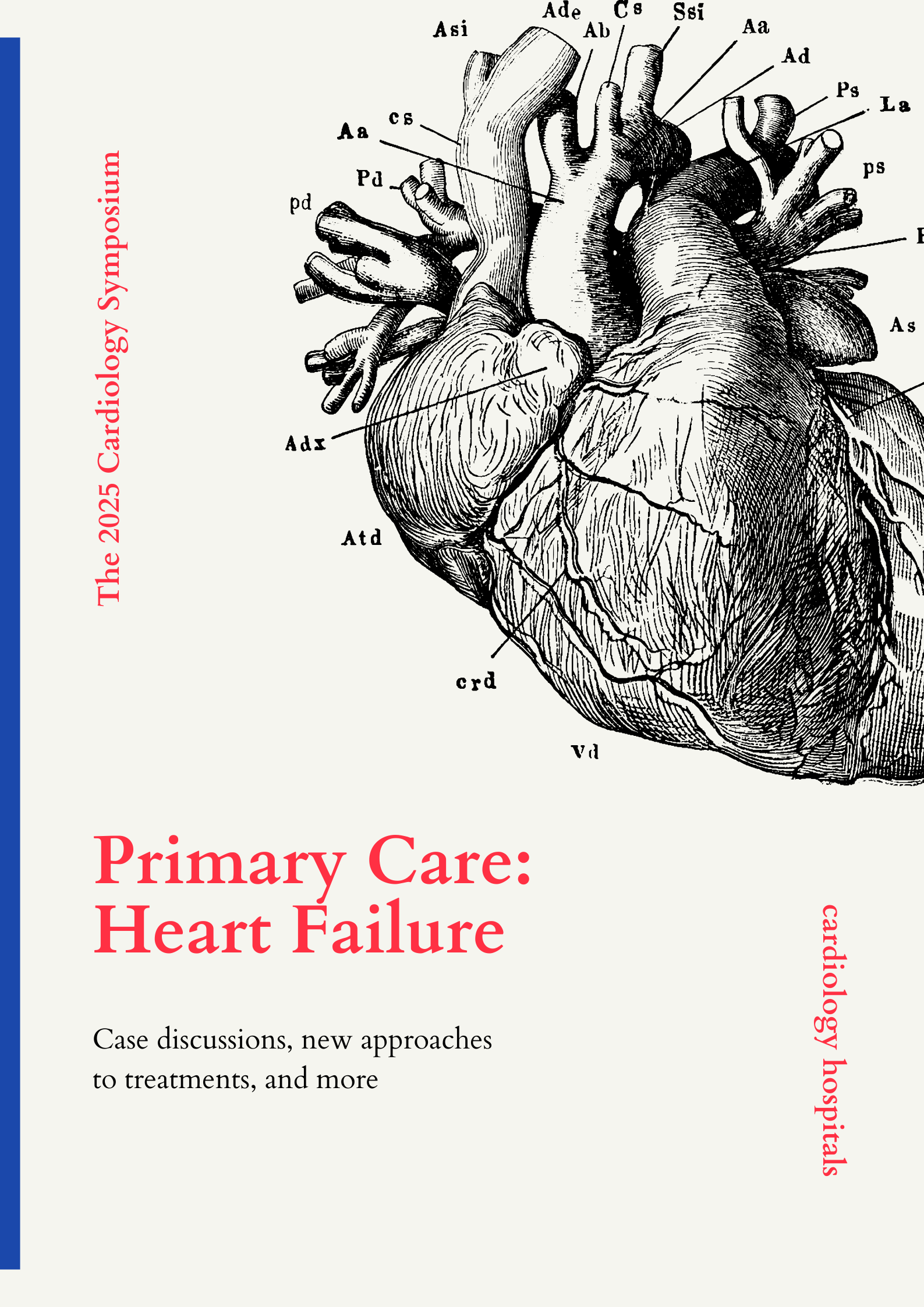Cardiac surgery has undergone significant advancements over the past few decades, offering patients more effective treatments, less invasive procedures, and faster recovery times. From innovative minimally invasive techniques to groundbreaking robotic-assisted surgeries, the field of cardiac surgery is evolving at a rapid pace. Understanding the latest developments can help patients make informed decisions and better prepare for their procedures.
Minimally Invasive Heart Surgery
Minimally invasive heart surgery refers to procedures that are performed through small incisions rather than the traditional large chest incision. These procedures have gained popularity due to their ability to reduce recovery time, minimize scarring, and lower the risk of infection. Some common minimally invasive procedures include:
-
Minimally Invasive Valve Surgery: This procedure involves repairing or replacing heart valves through small incisions, reducing the trauma associated with traditional surgery.
-
Robot-Assisted Heart Surgery: Surgeons use robotic systems to perform surgeries with precision, using smaller incisions, leading to faster recovery and less pain for patients.
-
Coronary Artery Bypass Grafting (CABG): In some cases, bypass surgery can now be performed with minimally invasive techniques, resulting in less blood loss, shorter hospital stays, and quicker recovery.
These advances allow for more precise and less traumatic procedures, offering benefits for both the patient and the surgical team.
Robotic-Assisted Cardiac Surgery
One of the most exciting innovations in cardiac surgery is robotic-assisted surgery. Using advanced robotic systems like the da Vinci Surgical System, surgeons can perform highly complex surgeries with greater precision, control, and flexibility. This technology allows for smaller incisions, a more accurate surgical approach, and faster healing times compared to traditional open-heart surgery.
Patients who undergo robotic-assisted surgery often experience reduced blood loss, less pain, and shorter hospital stays. These benefits make robotic-assisted cardiac surgery an appealing option for many patients, especially those who may not be candidates for traditional surgery due to other health conditions.
3D Imaging and Navigation Systems
The use of 3D imaging and navigation systems has revolutionized cardiac surgery, providing surgeons with detailed, real-time views of the heart and surrounding structures. These technologies allow for more precise planning and execution of surgeries, particularly for complex conditions like heart valve disease or arrhythmias. With 3D imaging, surgeons can create detailed maps of the heart to guide their procedures, reducing the risk of complications and improving outcomes.
These advancements also allow for better pre-surgical planning, enabling the surgical team to predict and prepare for any challenges that may arise during the procedure. Patients benefit from increased accuracy and a higher likelihood of a successful surgery.
Stem Cell Therapy in Cardiac Repair
Another groundbreaking development in cardiac surgery is the use of stem cell therapy to repair heart tissue damaged by heart disease or heart attacks. Stem cells have the ability to regenerate and repair damaged tissue, offering the potential for patients with heart failure or other heart conditions to recover faster and more completely.
Researchers are actively studying the role of stem cells in heart repair, with promising results. Although still in the experimental stages, stem cell therapy could revolutionize the treatment of heart disease in the coming years. Patients with certain heart conditions may be eligible for clinical trials that involve stem cell therapy, providing them with access to cutting-edge treatments.
Endoscopic Vessel Harvesting
Traditionally, coronary artery bypass surgery required harvesting veins or arteries from other parts of the body, often leading to long recovery times and additional scars. However, with the advent of endoscopic vessel harvesting, surgeons can now collect vessels using small incisions and a camera, reducing the trauma to the body. This technique not only speeds up recovery but also minimizes the risk of complications like infections or nerve damage.
Endoscopic vessel harvesting has become the standard in many cardiac centers, offering patients a less invasive and more efficient way to perform coronary artery bypass grafting.
Artificial Heart Technology
For patients with severe heart failure who are not candidates for a heart transplant, artificial heart technology has made significant strides. One of the most notable advancements in this field is the development of left ventricular assist devices (LVADs). These mechanical pumps are implanted in patients to help the heart pump blood more effectively.
While LVADs do not replace the heart entirely, they can significantly improve the quality of life for patients with end-stage heart failure. Ongoing research is focused on making these devices smaller, more efficient, and longer-lasting, with the ultimate goal of providing a fully functional artificial heart for transplant patients.
Advances in Post-Operative Care
The recovery process after cardiac surgery has also improved with advances in post-operative care. Enhanced recovery protocols focus on reducing complications and speeding up recovery by optimizing pain management, minimizing hospital stays, and encouraging early mobility. These strategies can lead to faster healing times and better overall outcomes for patients.
In addition, telemedicine and remote monitoring are becoming increasingly popular in the post-operative phase. Patients can now have their recovery closely monitored from home, with data transmitted to their healthcare team, allowing for quicker intervention if complications arise. This is especially beneficial for elderly patients or those with limited access to healthcare facilities.
Conclusion
Cardiac surgery has seen tremendous advancements in recent years, offering patients safer, more effective, and less invasive treatment options. From robotic-assisted procedures and 3D imaging to stem cell therapy and artificial heart technology, these innovations are transforming how heart conditions are treated. Patients now have access to cutting-edge procedures that can lead to faster recovery times, fewer complications, and improved outcomes. As technology continues to evolve, the future of cardiac surgery looks even brighter, offering hope to millions of people living with heart disease.
